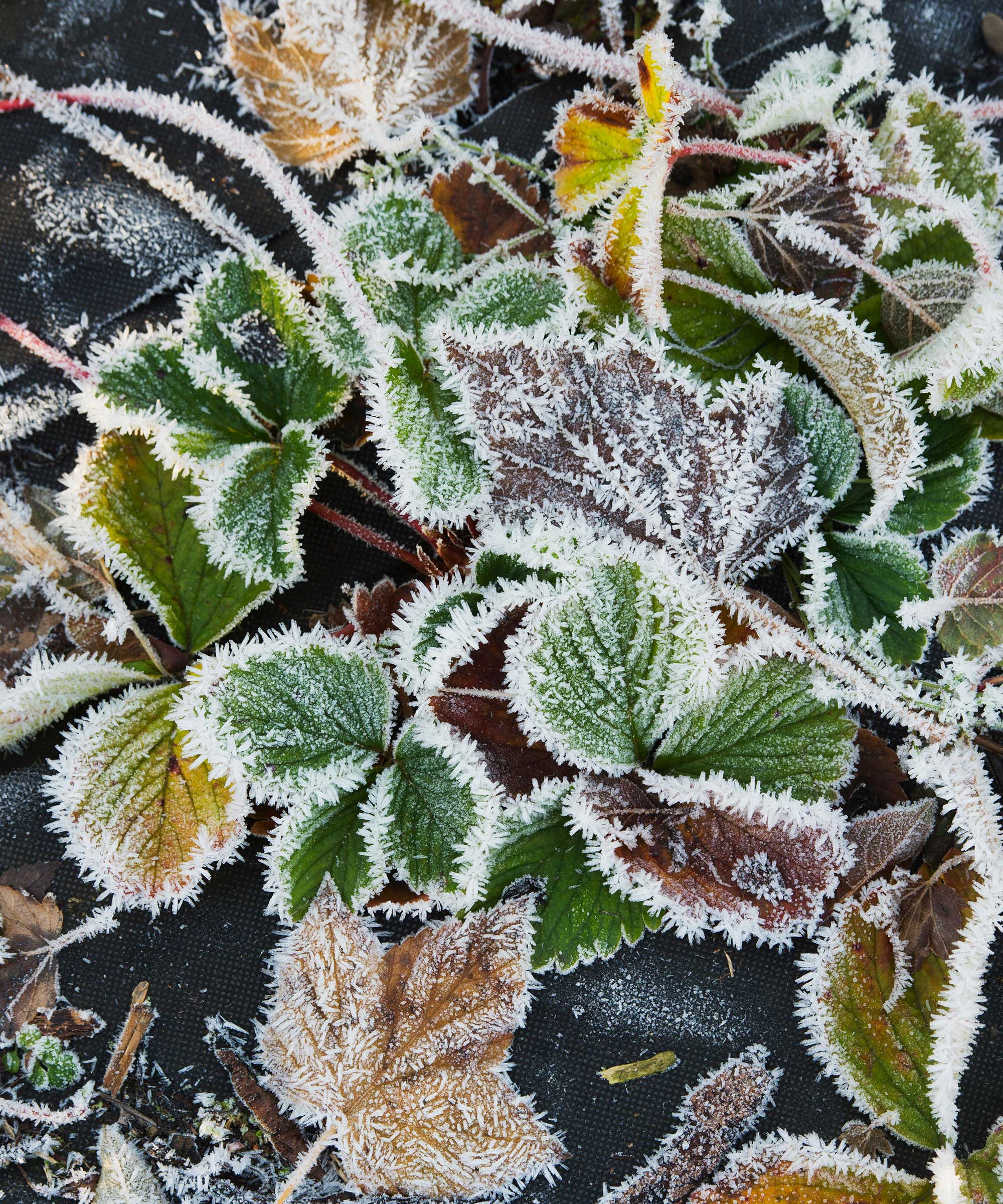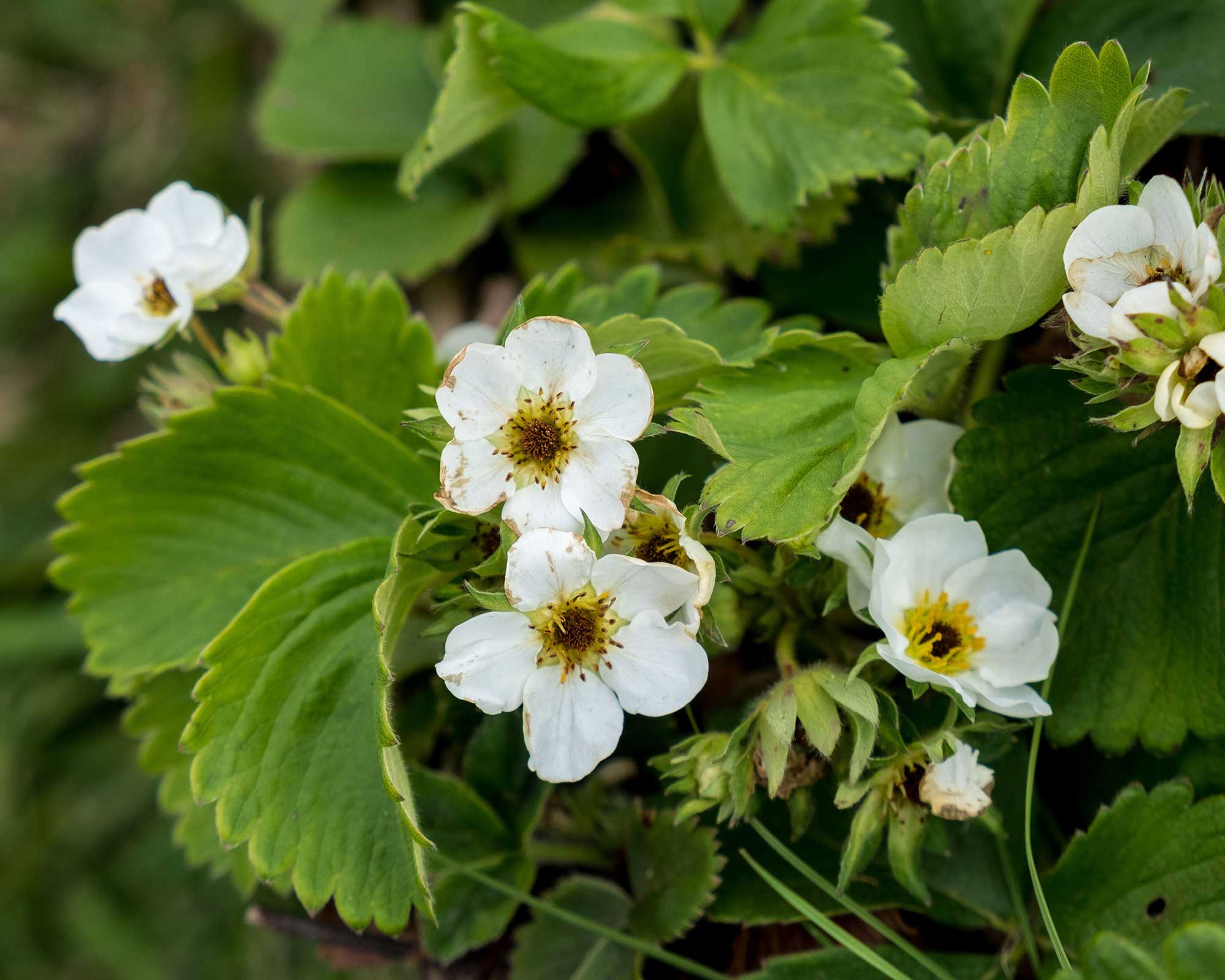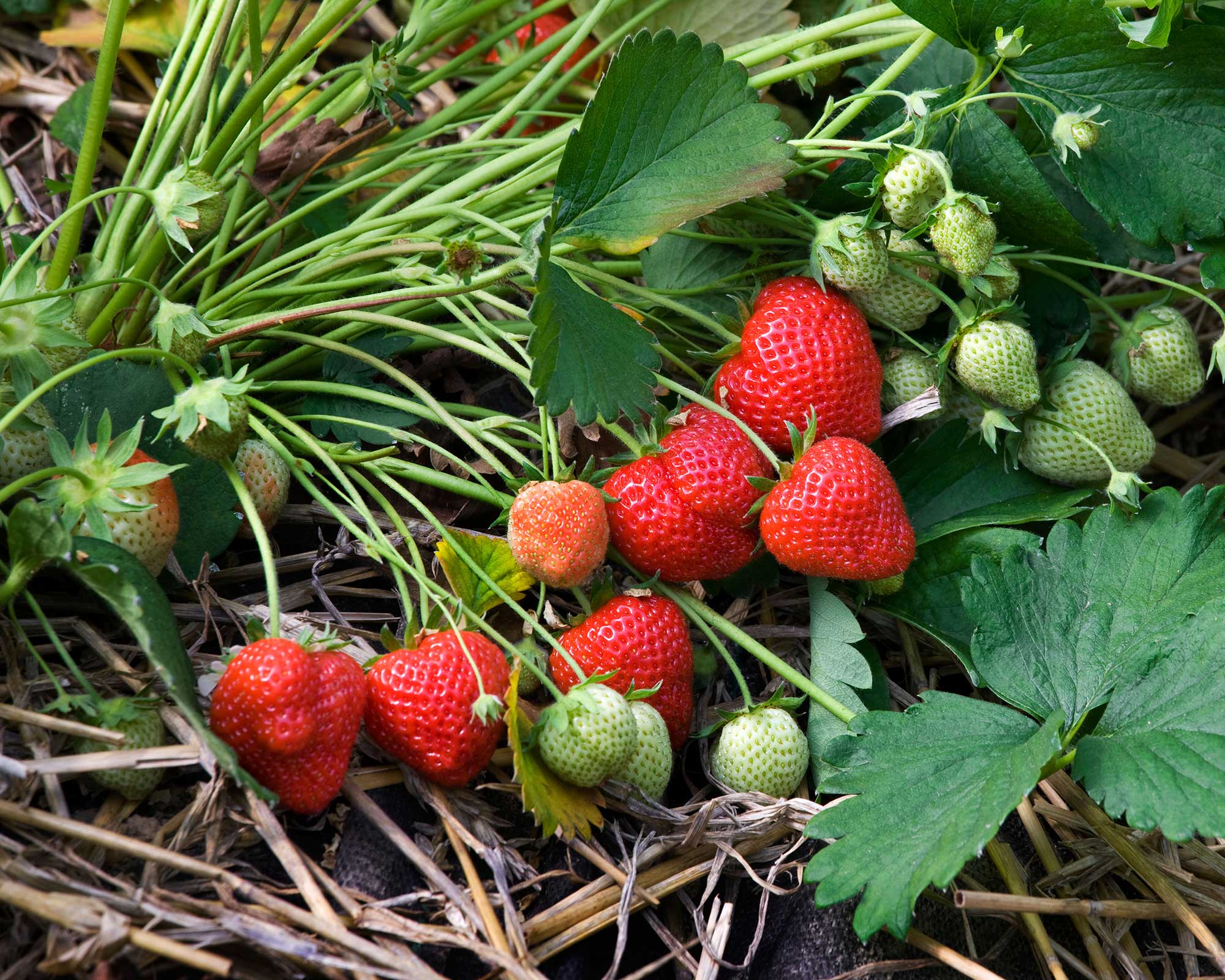How to winterize strawberry plants: protect your crops with these tips
We've got the advice you need on how to winterize strawberry plants so you can keep them in good health for next year's fruits


Do you know how to winterize strawberry plants? Almost everyone loves these summertime fruits, whether eaten fresh or cooked up into jams or desserts. So, why not get the lowdown on what to do with the plants once colder temperatures roll around?
Growing strawberries is relatively easy. But, although they are hardy, these crops benefit from a little winter protection. That way, you'll increase the chances of them bouncing back the following year in full health, ready to produce a fresh yield of juicy berries. We've explained how to winterize strawberry plants in this simple guide, so you can enjoy these crops for more than just one summer.

How to winterize strawberry plants, according to a gardening expert
In many cases, protecting plants from frost is important to keep them healthy, and strawberries are no exception. One of the main reasons for this is to prevent 'black eye' from occurring. This is where any new flowers, which develop in spring, become damaged in late frosts. The center of each bloom turns black, and no fruit will be produced the following season.
If possible, keep your strawberries in a greenhouse over winter, says John Negus, a gardening expert from Amateur Gardening. 'Then, place them outdoors in a sunny place in mid-spring when the temperature is rising and frosts have finished.
'If your greenhouse is unheated, the compost around the strawberry roots will stay cool and damp. If, however, it is obvious that the compost is drying and the plants are flagging, water carefully – just enough to revive them. If a cold "snap" is forecast, drape fleece over plants, but don't let it touch the foliage,' he says.

As well as writing four books, John has been a garden journalist for over 50 years. He uses his expertise to regularly answer readers' questions in Amateur Gardening magazine, often sharing advice about fruit and vegetable growing.

If you don't have the space for a full-sized greenhouse and only have a few small pots of strawberries, you can always opt for one of the best mini greenhouses instead.
Alternatively, cover outdoor plants with horticultural fleece (available on Amazon) when frost is forecasted to reduce the risks of damage somewhat. Support the cover so that it's raised slightly above them and won't blow away, for instance, by using hoops and pegs. 'Lift it during the day to allow access for pollinating insects,' says the RHS.
Should you remove the straw under strawberries before winter?
If you put straw around your crops during summer, it is wise to remove it and put it on the compost heap before the seasons turn. This is because pests and fungal spores are liable to overwinter there in the relative warmth and attack plants again next spring, John Negus explains.
In regions where winters are relatively mild, you don't necessarily need to replace the mulch, but in colder places, a fresh layer of clean straw can be added once the plants have entered dormancy (this is when they are no longer producing new growth).

Do you need to cut strawberries back for winter?
Once you've finished harvesting your strawberries, it's good to give the beds a clear-up in preparation for winter. Summer-fruiting varieties should be cut back to about 4in (10cm) above the crown, according to the RHS. You don't need to do this with autumn-fruiting ones, just remove any old leaves.
At the same time, get rid of any weeds and discard any dead plants. Remember that strawberry plants don't last forever: usually, they will need replacing after three or four years.

The garden was always a big part of Holly's life growing up, as was the surrounding New Forest where she lived. Her appreciation for the great outdoors has only grown since then. She's been an allotment keeper, a professional gardener, and a botanical illustrator – plants are her passion.
